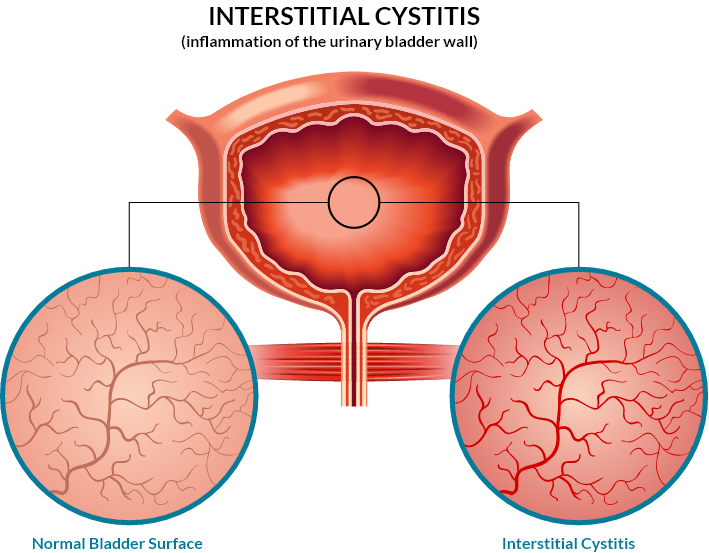Interstitial Cystitis
GLX-100 is a promising mid-stage clinical candidate for IC/BPS. We have complete a Phase 1B study with promising safety and efficacy results and are preparing for a Phase 2B trial.
Interstitial Cystitis/Bladder Pain Syndrome (IC/BPS) affects up to 10 million people in the U.S., mostly women, causing chronic pain, frequent or urgent urination, and discomfort. These symptoms can significantly impact work, daily life, and social activities, as well as lead to depression.
Currently there is no cure for IC/BPS. Current treatments for interstitial cystitis often fall short, with providers offering palliative options to ease pain and manage IC/BPS symptoms.

“I cried myself to sleep this morning, I feel depressed, hopeless… I’m on the verge of losing my husband, my family, my life. … I often feel like a huge knife is coming out of me as I pee.” — Becky
“I’ve been searching for answers, but I just feel so hopeless. I want my life back. There are so many things I can’t do. I want to go back to work & need to go back. I am ONLY 24. I don’t know how long I can take living this way.” — Elizabeth
“For over 9 months I have been up 12-14 times at night to use the restroom & this goes on during the day. I am having a difficult time trying to have any type of life.”— Beverly
The exact mechanisms causing IC/BPS remain incompletely understood.
Injury to the bladder’s internal surface is a common factor in IC/BPS. This protective layer, composed of glycosaminoglycans (GAGs)—biopolymers found in soft tissues—maintains bladder wall impermeability. In many IC/BPS patients, this layer is damaged or missing, exposing inner tissues to urine’s noxious substances.
GLX-100
Glycosaminoglycan Replenishment Therapy, or GRT, involves instilling a simple solution of biopolymer into the damaged bladder through a catheter.
This delivers a high concentration of biopolymer to the bladder wall, precisely where it’s needed, to bind to the bladder wall and restore the damaged protective layer.
As there is no systemic absorption to the body, effects of other body processes are minimized.
Although local therapy to restore the bladder’s protective layer has benefits, clinical studies show current replenishment products have limited effectiveness.
As a result, these products remain unapproved in the U.S., leaving clinicians with limited treatment options for interstitial cystitis. The limited efficacy of current bladder replenishment therapy may be explained by the inability of small, single-chain biopolymers to mimic the environment of the normal urothelium.
For this reason, GLX-100 has been intentionally designed to have higher affinity and residence time. We believe that the improved mimicking structure of our GLX-100 will be significantly more effective due to increased affinity for the surface of the bladder, rendering a thick hydrated coating more similar to the natural layer of the urothelium. Indeed we have demonstrated this in models of IC/BPS.
A significantly more efficacious replenishment product could offer a desperately needed option for the up to 10 million patients suffering with IC/BPS in the US today.
Glycologix’ GLX-100 has shown promise and potential to become a new treatment standard for those affected by the condition.
